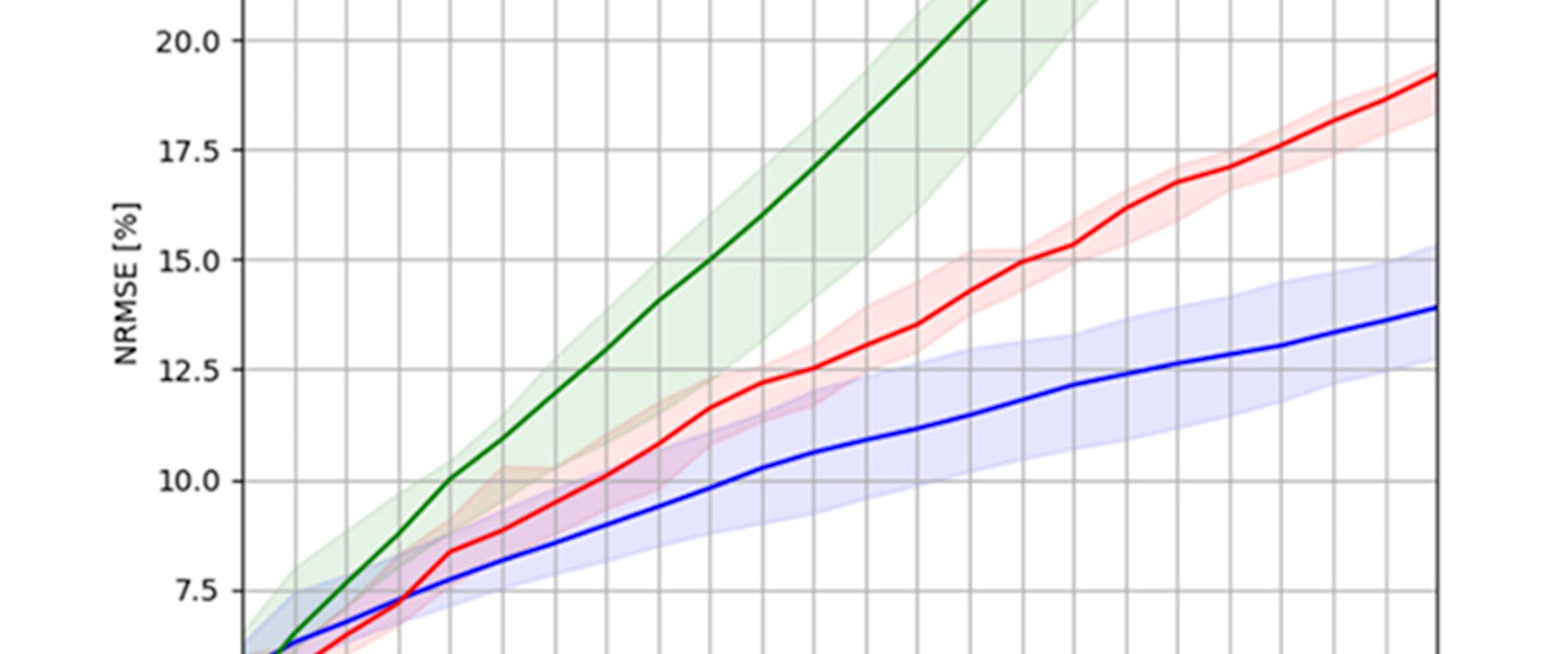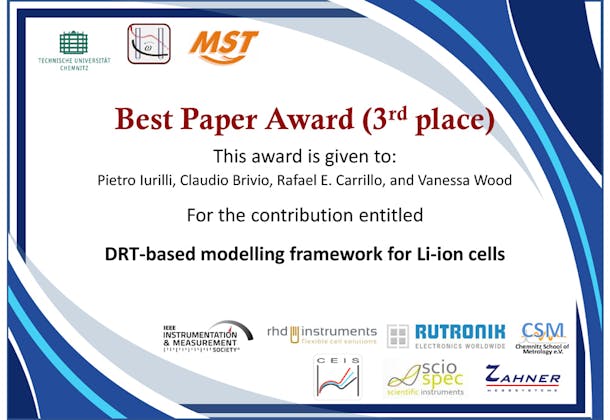2022 Swiss PV Symposium: Best Poster Award
“Best Practice-Oriented Poster” goes to CSEM and Meteotest, for their work understanding the performance of data-driven and weather-based PV forecasting techniques.

Held on 29/30 March 2022 in Bern, the 20th Annual National Photovoltaic Conference is the most important gathering of the year for the Swiss solar industry. During the event, the Swiss photovoltaic R&D scene presents its latest work.
On this occasion Pierre-Jean Alet (Group Leader, Digital Energy Solutions, CSEM), Rafael Carrillo (Data Science Expert, CSEM), Stefan Müller (Data Scientist, Meteotest), and Jan Remund (Head of Business Units Solar Energy and Climatology, Meteotest) won the award for the “Best Practice-Oriented Poster”.
Their work has generated actionable insights into the performance of data-driven (CSEM) and weather-based (Meteotest) methods for high-resolution forecasts of photovoltaic electricity. It also evidenced the significant improvement that advanced machine learning can deliver compared to state-of-the-art methods.
These technologies increase the market value of photovoltaic electricity and facilitate local energy management. They are therefore essential in the transition to a carbon-free energy system.
Results in Brief
The paper compares two approaches for high-resolution intraday forecasting for solar irradiance and photovoltaic power production. CSEM’s data-driven solution, and Meteotest’s CloudMove, rely on satellite imaging, numerical weather models, and ground sensors. To understand the average performance and the conditions which drive it, the comparison considered a set of conditions representative of a diversity of environments and micro-climates in Switzerland: 18 different locations were chosen across the country and monitored over 21 days.
CSEM’s data-driven solution is built on graph machine learning, the powerful approach behind online recommendation systems and fraud detection software. CSEM is a pioneer in exploiting this technique for energy applications.
The team’s investigation showed that, despite a larger spread in forecasting errors, CSEM’s data-driven technique can predict with great accuracy horizons upwards of two hours, especially in the summer.
“I am delighted that this award goes to our collaboration with Meteotest, who are incredibly knowledgeable about the forecasting of solar energy. The award shows the value of advanced data science for practitioners in the field, and I look forward to working with more of them to build production solutions.”
Pierre-Jean Alet.
Publications
For more information on CSEM’s graph machine learning approach see:
- E. Carrillo, M. Leblanc, B. Schubnel, R. Langou, C. Topfel, and P.-J. Alet, "High-Resolution PV Forecasting from Imperfect Data: A Graph-Based Solution", Energies, vol. 13, no. 21, Art. no. 21, Nov. 2020, doi: 10.3390/en13215763.
- Simeunovic, B. Schubnel, P.-J. Alet, and R. E. Carrillo, "Spatio-Temporal Graph Neural Networks for Multi-Site PV Power Forecasting’", IEEE Transactions on Sustainable Energy, vol. 13, no. 2, pp. 1210–1220, Apr. 2022, doi: 10.1109/TSTE.2021.3125200.
